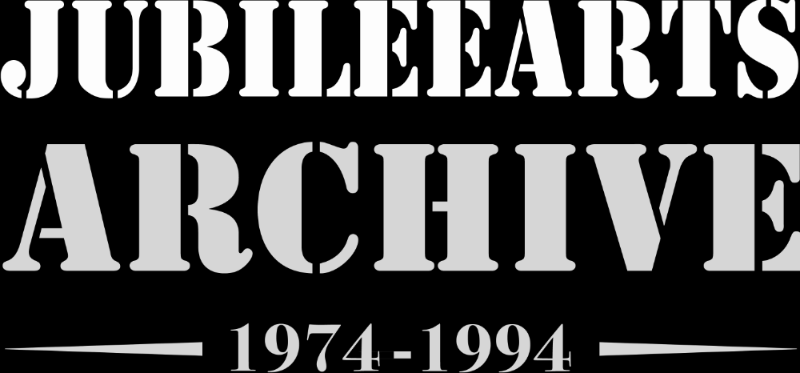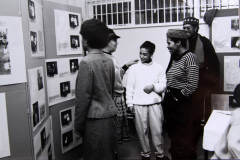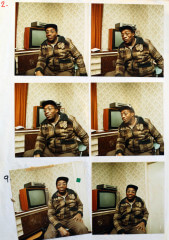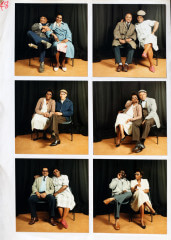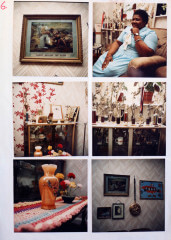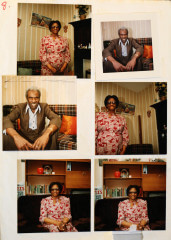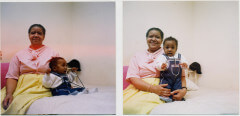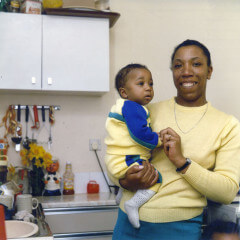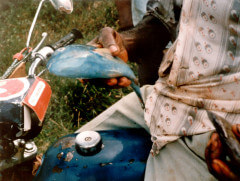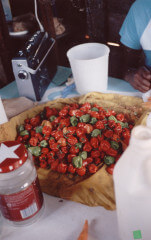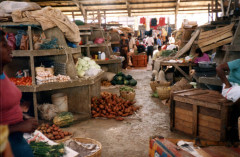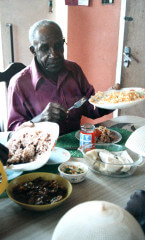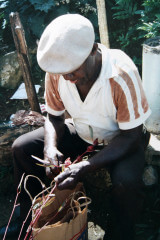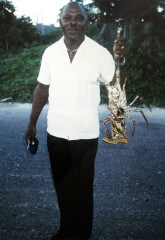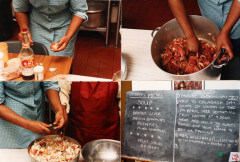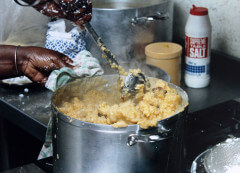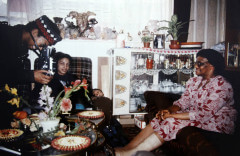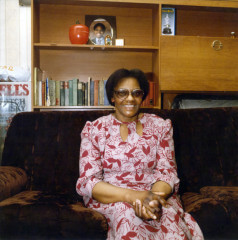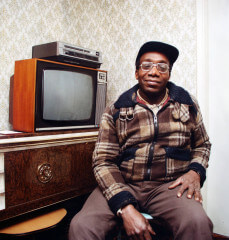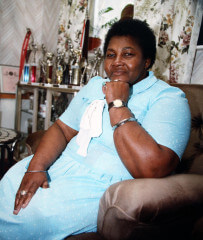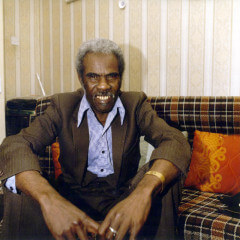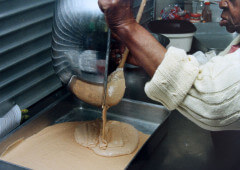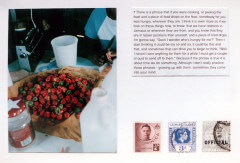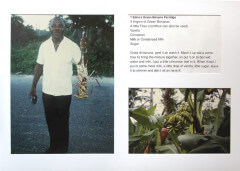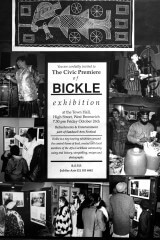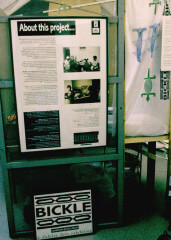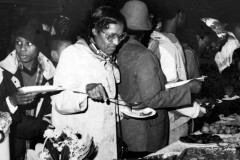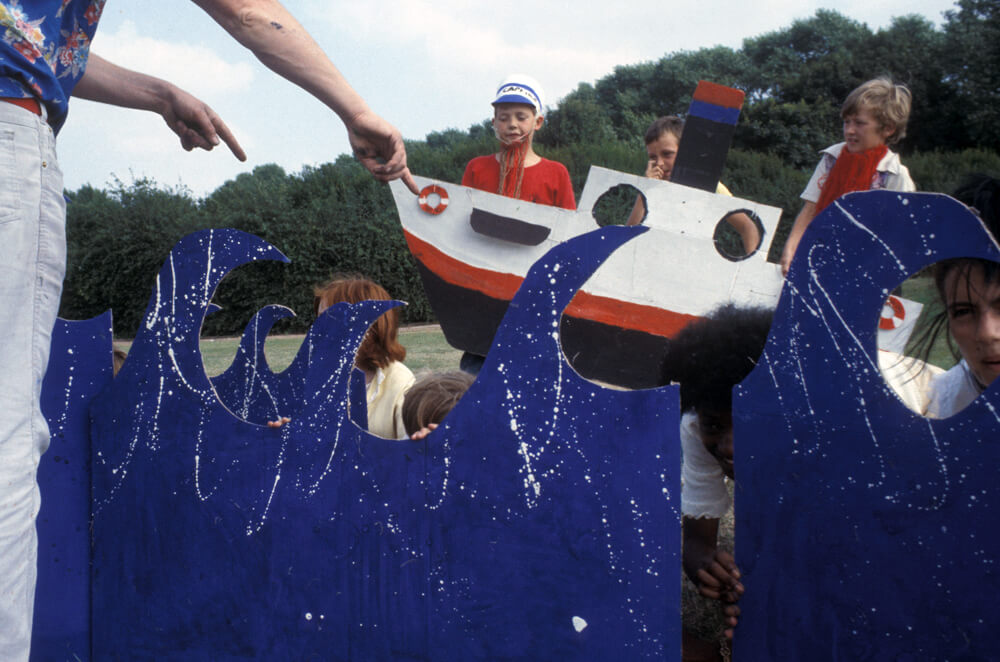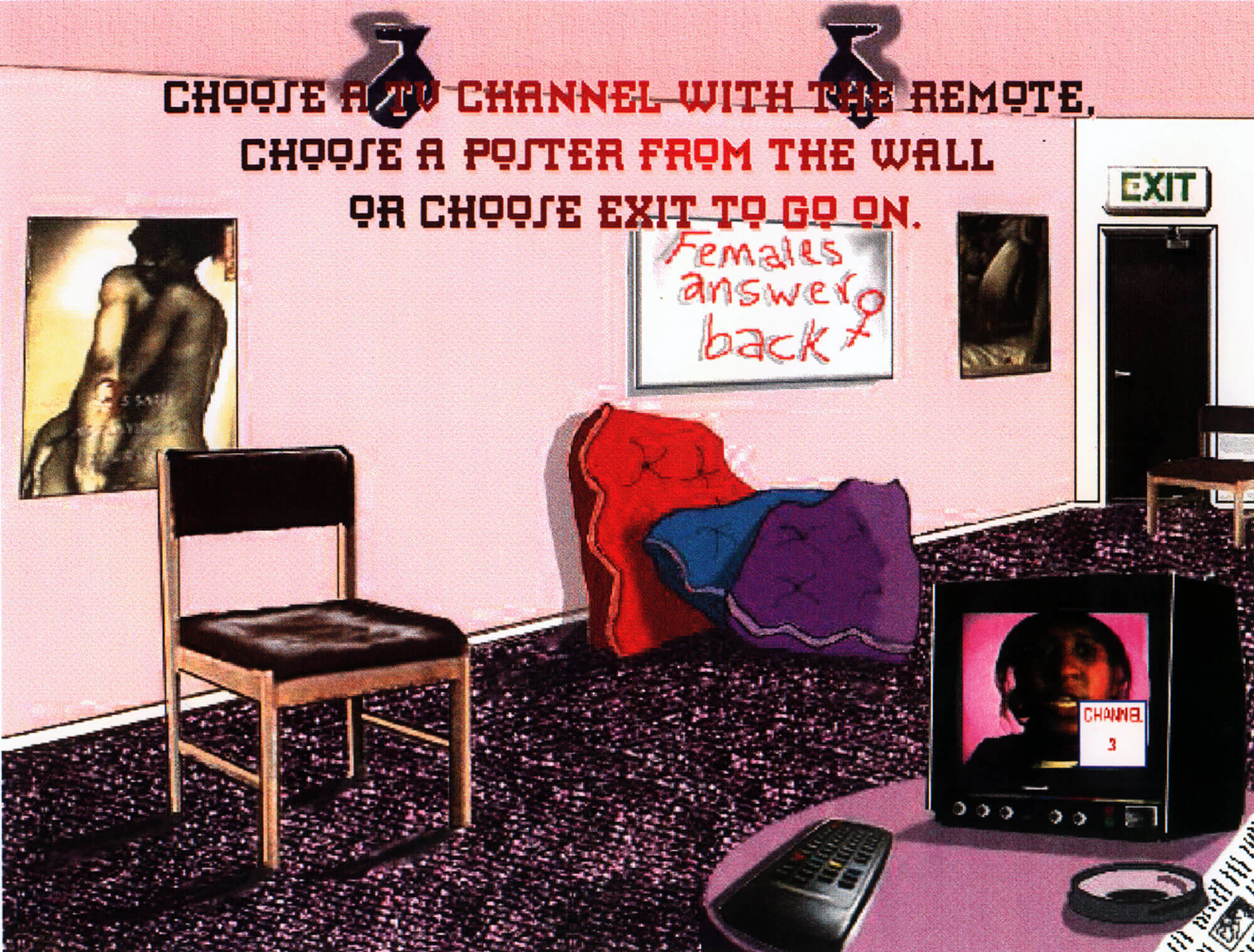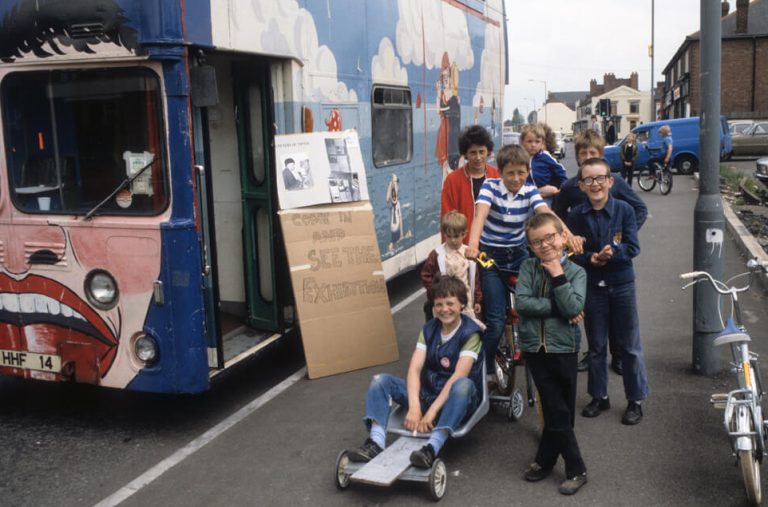Although black communities were established in Britain many decades ago, well before the Second World War, it was the 1950’s that marked the great period of migration from the islands of the Caribbean. To meet the increased demand for cheap labour in Britain, black people were actively recruited to the ‘Mother Country’ by a variety of institutions such as the British Transport Organisation, the British Hotels and Restaurants Association, and the National Health Service – to fill requirements in hospitals, transportation and in factories.
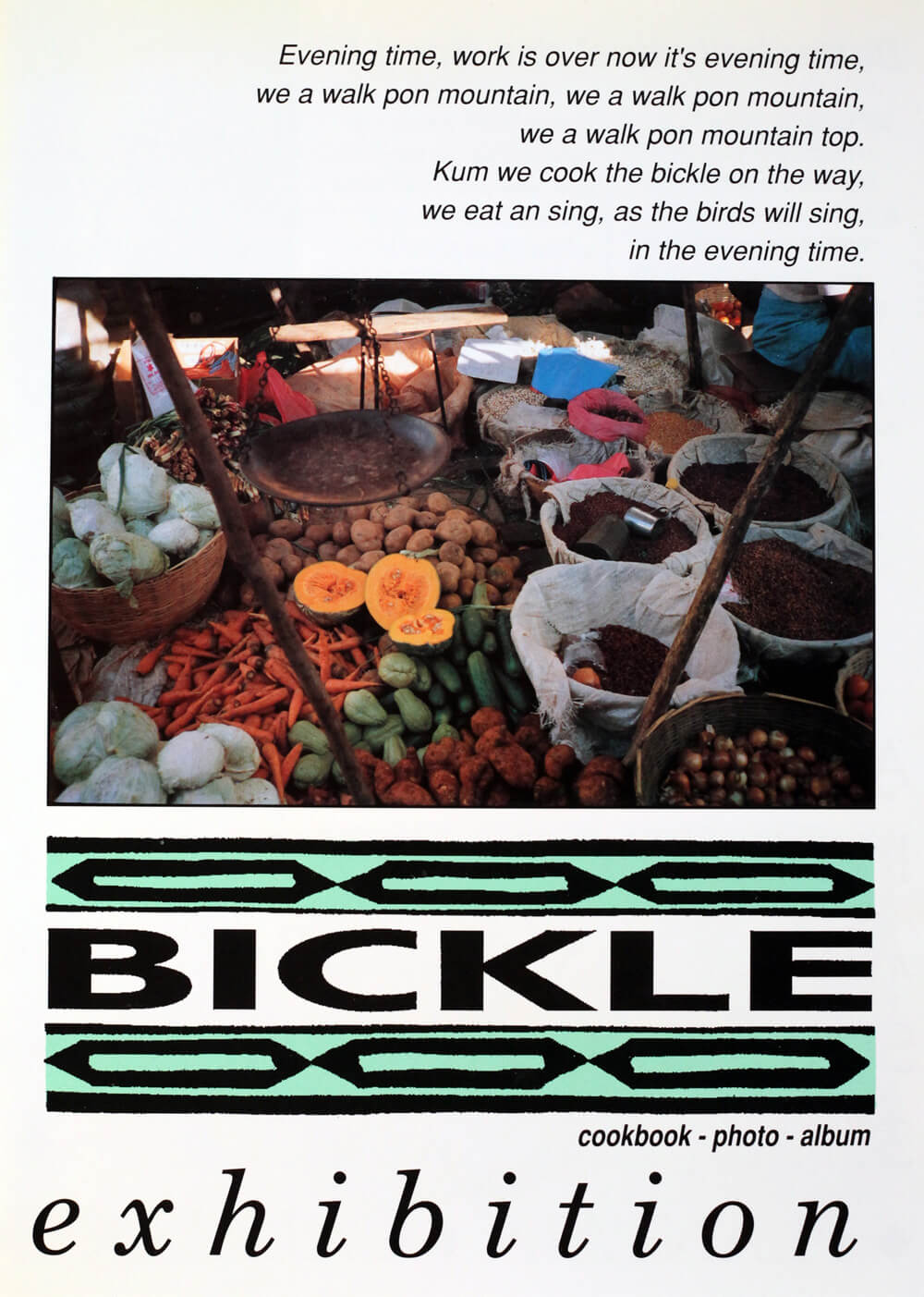
The project workers originally intended to create a publication in the style of a cookbook, feeling this was an unobtrusive way of engaging members of the African-Caribbean community. They felt that, prior to this time, most projects through the arts focused on the arrival and negative experiences of early settlers in Britain, whilst this was intended to be a positive intervention for the intended community it became a barrier. They asked themselves: what interest would it be to anyone outside of their immediate culture? Was it just another portrait of the former colonial empire? The artists at Jubilee wanted to create a space where the community could celebrate their heritage and indeed their presence in Britain in a positive light. At first, Gary Stewart had undertaken a series of activities in particular pubs primarily frequented by the black community and in discussions with domino players he found himself talking with individuals about the culture of food.
Mr Roy’s Honey Memory: “We always know where di bees nest is, so yu keep watch it. Wen di honey ready yu have to get di mask an put over yu face. Den yu mek up a fire – but wid smoke. Yu haffi get plenty of smoke outta it. Wen di smoke tek di bees, all a dem fly so yu kyan go tu do nest an get di honey. Honey good for a lotta tings.Yu kyan eat it wid bread, or mix it wid lime juice and drink. If y waan sleep, drink a lot – it kyan drunk yu! Di one inna Chemist are rubbish, I t’ink. I buy a bottle over here once an wen I realise it tu’un hard in di bottle!”
And so the project began with interviews in pubs around these memories of foods and recipes. Both women and men willingly shared traditional and special dishes along with memories that had a positive impact. Once the recipes and stories were transcribed, photos printed up, and open event was held at the Afro-Caribbean Centre in West Bromwich to view progress and discuss ideas. Mock-up pages of the cookbook were presented to all the individuals who participated. Their feedback was that it should not be book but turned onto an exhibition, so that it could be shared with a wider community and toured; a celebration of Black culture, using photography, recipes, and postage stamps, sourced from personal letters, that that showed not all African-Caribbean settlers came from one island (Jamaica) alongside rich oral traditions through a series of tape-recorded interviews.
The exhibition also featured images of traditional West African wood-cuttings which related to the theme of food. Comedian Lenny Henry (from down the road in Dudley) contributed a recipe, as did TV Chef Rusty Lee (from down the road in Brum).
“Betta belly bus’ dan good bickle spoil!’
– traditional saying

The Lenny Henry Killer Chilli
You will need:
1 lb minced beef
2 big onions
2 green peppers
Tin Italian tomatoes
Tin kidney beans
Chilli powder (mild or hot dependent on whether your tongue is made of leather)
Pinch Oregano
Pinch mixed spices
Pinch cloves
Dash Tabasco
Glass of red wine
2 beef oxo cubes
1/4lb mushrooms
lucky rabbit’s foot
THIS IS WHAT YOU DO:
Place rabbit’s foot round your neck (you’re going to need all the luck you can get because I certainly don’t know what I’m doing).
Chop onions and green peppers. Fry in about 4ozs butter until they are fairly translucent (that means see-through, thicky), add the meat and fry until it is brown. Add tomatoes and stir for a couple of minutes until it is bubbling noisily.
Add tomato puree, about 1 tbsp and stir until sauce thickens. Add all the spices and herbs, chop mushrooms, add them and stir for two minutes. Add kidney beans and give it a good stir. Add dash of tabasco and crumble in oxo cubes and glass of wine and stir again. Put on a low heat eg: gas mark 2 and simmer for about one hour stirring occasionally. After this time it should be a lovely dark brown colour and quite thick. If there is a layer of fat on top scrape off with a spoon.
Yum Yum in my Tum.
Serve with rice or pitta bread to about 4 people.
The exhibition was shown over a week in West Bromwich Town Hall, a Victorian Gothic building dating from 1874, turned into a traditional street market for the occasion. It was opened by surprise guest Judith Jacobs, an actress who was a regular member of the Eastenders cast. More than 500 people from Sandwell and as far as London turned up to the launch event, and over 3000 people visited it in the next days. It was then transferred to Wednesbury Museum and Art Gallery, notable for its collection of Ruskin Pottery, for a second showing. For several months it toured to several community venues in the UK (a shopping centre in Reading being the most exotic) and then ventured across the Atlantic further thanks to a touring organisation, Mid America Arts Alliance, Kansas City.
The exhibition text accurately reflected the spoken tradition of the participants. Commonly known as Patois or Creole, the vocabulary derived from the European colonisers, whilst the pronunciation, intonation, rhythm and grammar came from the Black African majority. The tradition is of an oral, not a written language. It was an important element of the project to reflect the spoken word of the participants in their own voices.
“We have all kinds of different yam, Yellow Yam, Renta, St.Vincent, White Affu, Mozella, Yampi, quite a lot, an dose dat di bind run in di ground and grow, we call ‘kuzuzuma’. Yam come from different places, like Nigeria, and so is mistake if yuh get a lickle piece a yam ’traight from Jamaica to come here, ’cause is a very far journey. Most Yam an Banana come from places like Africa and dem still call it West Indies. But some come from Blue Mountain, which is in di West Indies.” – Mr Roy
“Sam was a very important member of the community. He had a mobile grocery van that catered for Caribbean food. He would go from street to street and we were always pleased to see him especially in Mango season. He always provided authentic fresh food.” – Beverley Harvey
“I have been in England now for thirty odd years, an’ it’s bloody horrible. Everyting expensive, if yuh sen outta street an buy a bread, an a bottle a milk, a pound caan buy yuh. It more expensive now, dan before. But I redda eat mi Jamaican food, more dan di potatoe. Mi use tuh mi Yam and Banana.” – Mrs Gardner
“When I first came here it was mostly English food, there wasn’t much Afro-Caribbean tings. Inna way it affect mi, because you didn’t used to some of the food what you cook, what you see, and the way they do it, you taste it, an it put you off. But eventually as you go along you sort of get used to it.” – Mrs. Myng
Nita’s Pudding
1lb sweet potato
1 coconut
1 teaspoon of vanilla
A cup of cornmeal
A small knob of butter
Flour and milk
1/4 lb mixed fruit (if you want)
Peel an grata di sweet potato.
To bake pudding I jus’ mix dem all together, di coconut juice, a lickle grated coconut trash, sweet potato and cornmeal. Add some flour – put in as much flour as yu sweet potato and cornmeal – den you vanilla or spice, lickle butter, pinch of salt, and if yuh want, yuh can put a lickle fruit in. Add some milk, yu mus’ know how much you putting in, it mus’ not be too dry an not too watery. Rub it all up and put it in di oven.”
Mrs. Gardner’s CHO CHO Porridge
Get di white cho cho peel it grate it put di watta pon di fire, trow di cho cho in dhere an mek ei bwoil, but have to judge di amount yuh put in like.
Yuh grata two cho cho. Yu put about a big gill a watta along wid it, cause di cho cho had a lot of watta. Keep stir it till it bwoil. Mix a lickle flour don’ mek it lumpy-trow him in, bwoil it an leave for about 15 minutes. Den yuh add yuh sugar, milk any milk but if yuh use Nestles milk, it taste a bit better !
When we back home we get di rich cow milk ‘traight from di cow so is jus as rich as if you use condense milk.
I interested in di cho cho but it expensive. I kyaan buy it! Sometime I see it an I tek it up, but I have to put it down back.
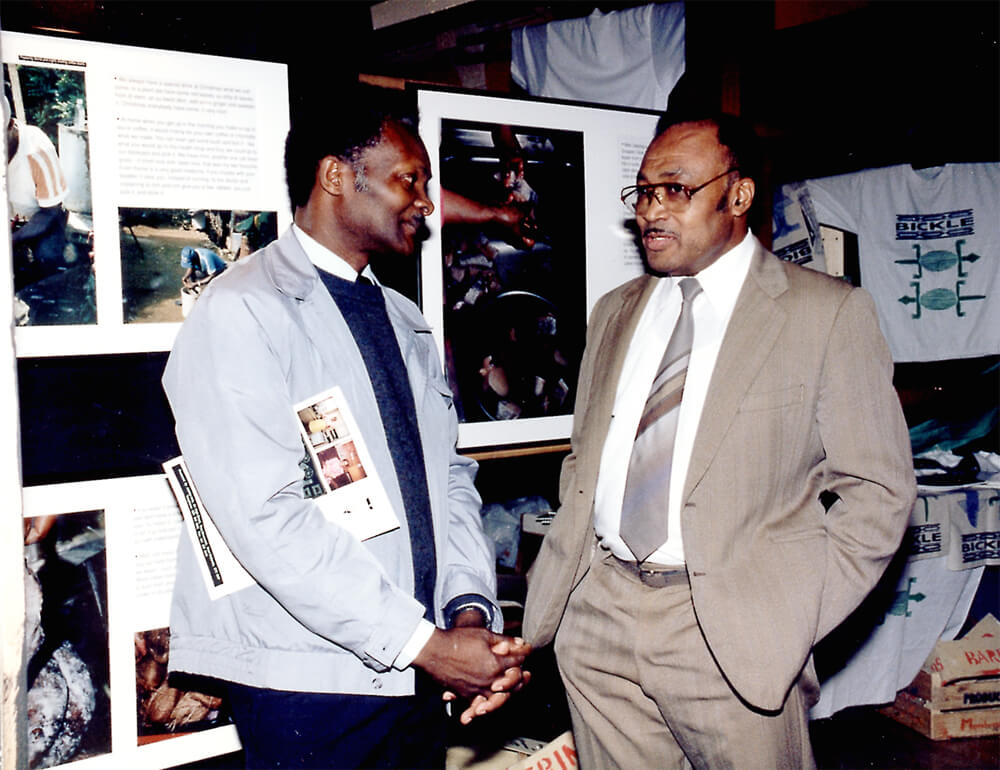
Proverb
Day longa dan rope, mean time will catch up on yuh, no matter what yuh do, day longa dan rope.
Key project team members were Beverley Harvey and photographers Nigel Madhoo and Maxine Walker
